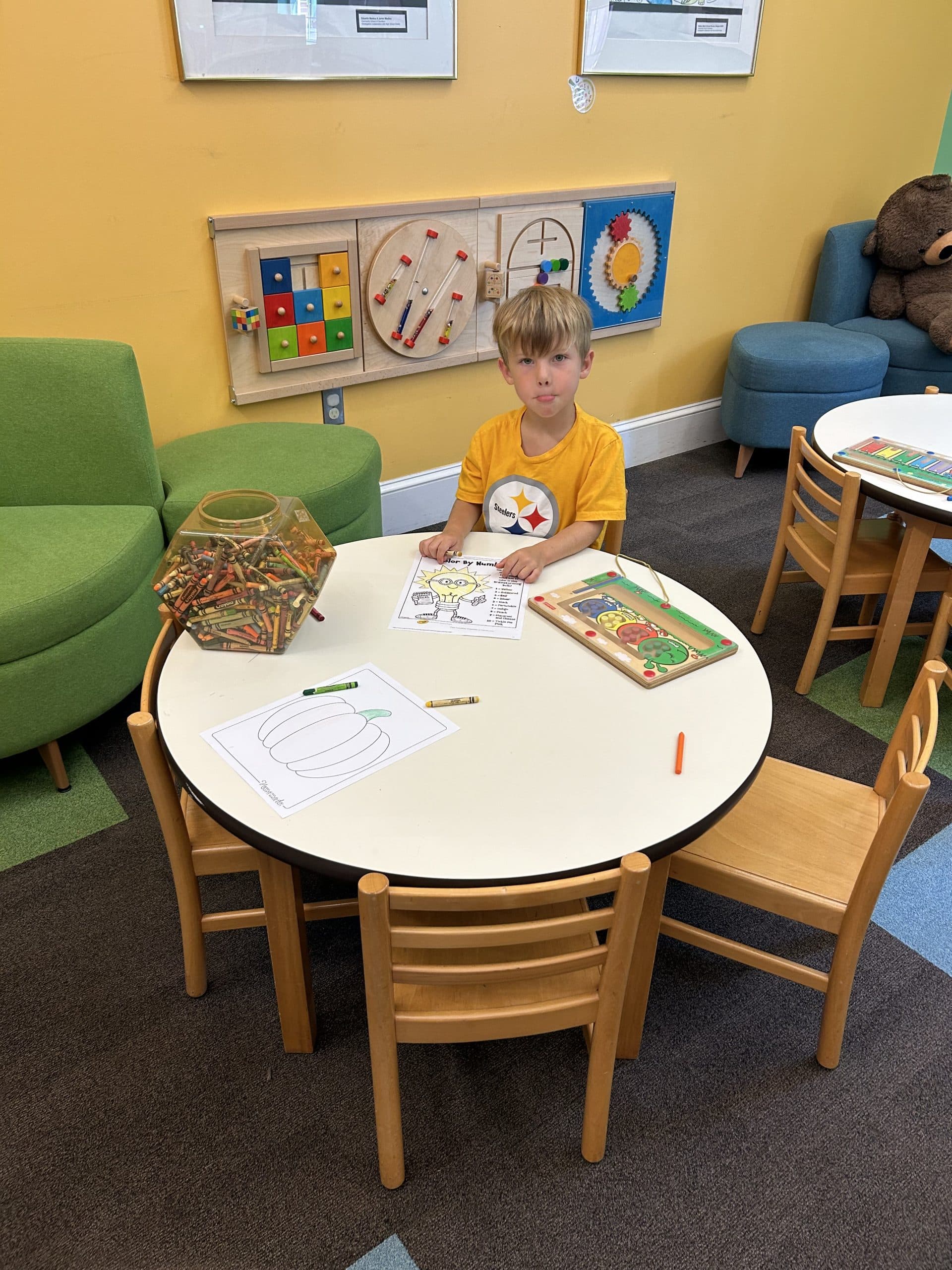Project-based learning vs inquiry-based is something many educators question. Inquiry-based focuses on a question. Project-based focuses on a project. These are two methods of instruction. One is not better than the other, just different.
The active involvement of students in classroom lessons is crucial for their academic success and personal growth. When students are engaged, they tend to perform better both inside and outside the classroom. Learning projects related to students’ lives encourage an interest in the subject. Problem-based and inquiry-based learning approaches give students the autonomy to take charge of their learning, especially when it concerns them. These teaching methods also help students develop invaluable skills such as collaboration, self-regulation, and organization.
Project-Based and Inquiry-Based Differences
Inquiry-based learning is a teaching approach that involves posing a question of concern by either the students or the teacher. This method allows for various learning paths for students to explore. The question posed should be flexible and to capture the students’ interest. The main objective of the question is to be explored in-depth, which is facilitated by the teacher. The teacher should set clear goals that can be achieved through the learning process to keep the students on track. It should intrigue enough students, and help them to unpack their newfound knowledge of the question. Inquiry-based touches on several subjects while focusing on the ‘big idea’. Through the process, students discover connections between various subjects. This sparks interest in their work and developing skills.
Project-Based Learning (PBL) is an instructional approach that centers on a project where inquiry is focused on a driving question and any other questions that come up during the investigation. PBL engages students by presenting them with real-world problems that are relevant to their lives. The theory behind PBL is that the content is best learned in the context of the project. Create a project that addresses the outcomes of the content they’re learning. This approach emphasizes the design of PBL, and students’ creation of the project and ultimately leads to the creation of a physical project.
Both instructional styles, Inquiry-Based Learning (IBL) and Problem-Based Learning (PBL) require students to complete a final project. IBL results in reports, essays, and other similar types of presentations, while PBL results in a tangible product. In both styles, learning begins with a driving question, which students must understand the unit of study to answer. Importantly, none of the questions can be answered by a simple Google search. The questions often have more than one answer, which helps students refine their skills while they work towards answering them.



